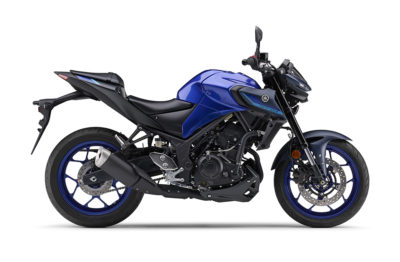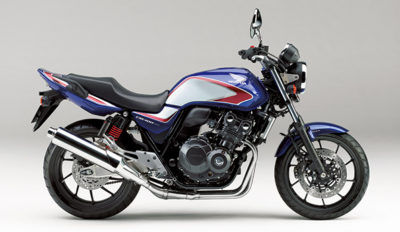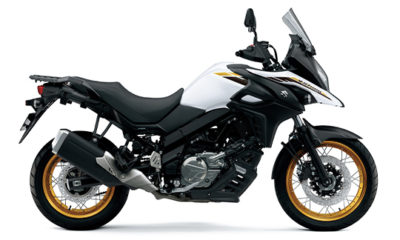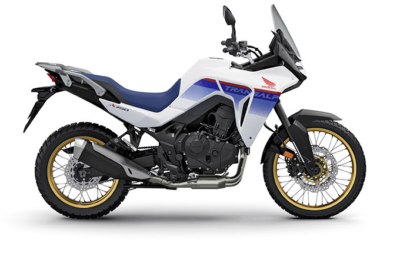
![]()
From Kyoto! Go Harley! ! Shoryudo tour around 4 cultural heritage sites Shirakawa-go ~ Todaiji ~ Byodoin ~ Kinkakuji

The shape of the Chubu Hokuriku region of Japan resembles the shape of
the Noto Peninsula in the shape of a dragon's head, reminiscent of a
dragon's head rising, hence the name of the region's tourist area
"Shoryudo". rice field.
It is blessed with many sightseeing spots, such as many hot springs,
a beautiful natural environment, historical culture and buildings
such as Ieyasu Tokugawa, legends and festivals.
It is also blessed with delicious ingredients such as beef dishes and
fresh seafood.
I hope that many people will come to this charming Chubu Hokuriku
region, that is, the Shoryudo, and enjoy their trip to the fullest.
Tour Fee
| for a group | 1 motorcycle | 1 room | ¥543,000~589,000/a person |
| for a person | 1 motorcycle | 1 room | ¥585,000~678,000/a person |
Tour Period
| Currently being held |
- maximum capacity 10(If you are applying as a group, please contact us)
- Minimum number of participants: 6
※Including tax
※Tour fee is altered by the number of participants. Please inquire.
※Please note that if the minimum number of participants is not met,the tour may be canceled
Pricing
| Motorcycle | Price |
|---|---|
| P-3 | 585,000yen |
| P-4 | 609,000yen |
| P-5 | 622,000yen |
| P-6 | 637,000yen |
| P-7 | 678,000yen |
| Option(Reservation required)/DAY | Price(Day 2/and then daily) |
|---|---|
| Helmet | 1,100yen(+220yen) |
| Gloves | 330yen(+110yen) |
※Please contact us separately for accommodation arrangements before and after the tour
※Twins and families are also available
Motorcycle

YAMAHA MT-03(P-3)

KAWASAKI NINJA400(P-4)

HONDA CB400SF(P-4)

SUZUKI V-STROM650(P-5)

HONDA XL750 TRANSALP(P-5)

YAMAHA Tracer9GT(P-5)

KAWASAKI NINJA1000SX(P-6)

SUZUKI V-STROM1050DE(P-6)

Harley-Davidson Nightster Special(P-6)

Harley-Davidson Street Glide(P-7)

Harley-Davidson Heritage Classic(P-7)

HONDA Gold Wing(P-7)
Tour Schedule

Shirahige Shrine is the oldest shrine in Omi, and is famous for its various divine virtues, such as longevity, marriage, and fertility. The mysterious large torii gate floating in Lake Biwa is a must-see!!

Shiroyone Senmaida is a row of terraced rice fields. Terraced rice fields are paddy fields that are built in steps on slopes. It has multifaceted functions such as tradition and culture, beautiful scenery, education, and national land conservation, which is called "Japan's Pyramid".

Shirakawa-go is a group of gassho-zukuri villages in Shirakawa-go and Gokayama in the Hietsu region. It was declared a UNESCO World Heritage Site on December 9, 1995.

The ruins of Gifu Castle are well known as the castle where Lord Nobunaga Oda used as a base to unify the whole country. Since it is a mountain castle built on the summit of Mt. Kinka (Mt. Inaba) with an altitude of 329m, you can reach the summit by ropeway.

Since ancient times, Ise Jingu has been regarded as a shrine of the highest special status, and is currently the main sect of the Jinja Honcho, and is regarded as ``the general tutelary deity of the Japanese people''. The nearby Okage Yokocho is a sightseeing spot that reproduces the townscape of Torii-maemachi from the late Edo period to the early Meiji period.

Speaking of Nara, Todaiji Temple. Todaiji was registered as a World Heritage Site by UNESCO in December 1998 as part of the cultural properties of ancient Nara. Take a closer look at the 15m Great Buddha!

Byodo-in Temple is one of the constituent properties of the UNESCO World Heritage "Historic Monuments of Ancient Kyoto" registered in 1994. It has been featured on the 10-yen coin since 1953.

It is also called Kinkakuji because the inside and outside of the building are covered with gold leaf. The official name is Kitayama Rokuonzenji. In 1994, it was registered as a constituent part of the UNESCO World Heritage (Cultural Heritage) "Historic Monuments of Ancient Kyoto".
